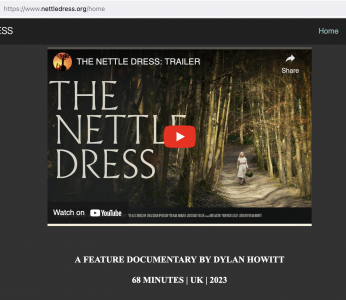Today, I saw a short bit on Atlas Obscura about the really cool looking horticultural domes of Milwaukee’s Mitchell Park Conservatory. Like many old things, they need some help. In fact, they need quite a bit of help. That might not be available. And then what? To some extent, this is simply one more case of the hard questions around historic preservation. What do we preserve? How do we preserve it? What happens when we decide not to preserve something?

A stitch in time saves nine. It sounds like routine maintenance has been delayed over the years until the domes are in serious disrepair. Lest I sound critical, this is a really common problem for many of us (I speak only for myself, but perhaps you can relate!), particularly for large, public properties. It raises another issue that isn’t captured in a comfortable aphorism: the bottom line. We all face budget constraints and must make hard decisions about how money will be spent. Some beloved project seems always to be on the chopping block.
While the city acknowledges the problems and claims not to have the money for all the needed repairs throughout their Parks system, they also seem to be proactive in saying, the conservatory and its plants are important. “How should we move forward?” they seem to be asking. I found this interesting website with that conversation. I wish all the citizens of Milwaukee, as well as all the people over time, who have enjoyed the gardens success in finding a way forward.
I’m convinced they will. Reading a bit about the history of the Conservatory, the Domes are already a reconstruction to remain current and relevant, while keeping the plant heritage in place. The original Conservatory dates to 1899, when it consisted of a large glass house patterned after the British Crystal Palace, then the latest thing in plant collection housing. (The US Botanic Garden collection is still housed in such a building.) In the 1950s, noticing flagging attendance, the Conservatory was taken down and replaced with the then very cutting edge geodesic domes that are in trouble today. It will be interesting to see how Milwaulkee moves forward in a new architectural adventure.
As a historic preservation issue, it sounds like there will be no attempt to preserve the domes in their historic construction. From an architectural perspective, the dominant perspective in the historic preservation world, the buildings will not be restored. They will be replaced with something contemporary. Interstingly, and not a core piece of historic preservation, it sounds like what will be preserved is the plant collection. And, to me, that’s an important effort and a valuable service to the people of Milwaulkee and those who come visit the Conservatory. And, no doubt, to researchers who study the plant collection.

